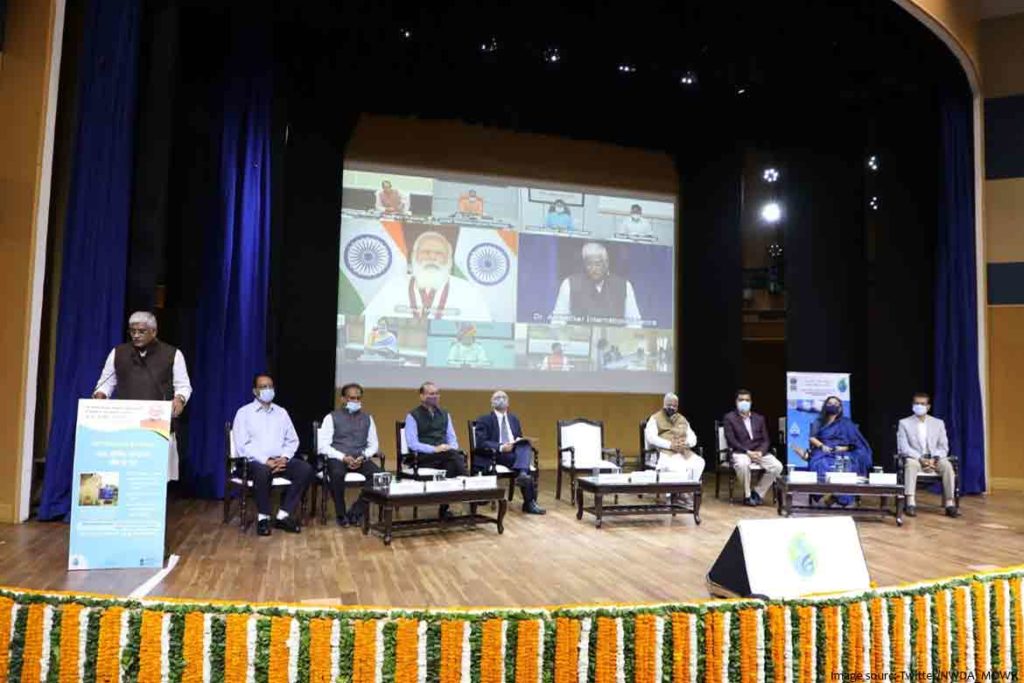Recently a memorandum of understanding has been signed by the Chief Ministers of Madhya Pradesh and Uttar Pradesh to implement the Ken-Betwa Link Project, which is a part of the national perspective plan for the interlinking of rivers. To implement this ambitious project, a trilateral agreement has been signed by the two states with the Centre on the occasion of World Water Day (22 March).
Also read: Condition of Rivers in India
Location of Ken and Betwa rivers:
The origin of the rivers Ken and Betwa is in Madhya Pradesh, these are the tributaries of the Yamuna.The Ken river joins the Yamuna river in the Banda district of Uttar Pradesh and the Betwa river in the Hamirpur district of Uttar Pradesh. The Ken River passes through the Panna tiger reserve.
Ken-Betwa Link Project (KBLP):
The Ken-Betwa Link Project is a project of interlinking of rivers, with the objective of transferring surplus water of Madhya Pradesh’s Ken river to Betwa river to provide irrigation facility in the drought-prone Bundelkhand region. The region is spread over Jhansi, Banda, Lalitpur and Mahoba districts of Uttar Pradesh and Tikamgarh, Panna and Chhatarpur districts of Madhya Pradesh.
In this project, the construction work of Dhaudhan Dam and the 230-km long canal is included.Ken-Betwa is the first of the River Interlinking Projects launched to connect 30 rivers of the country.The project has been delayed due to political and environmental issues.

Significance of river interlinking:
The interlinking of rivers will solve the recurrence of drought in the Bundelkhand region. Which ultimately controls the suicide rate of farmers in this drought-prone region. It will ensure permanent livelihood for them by providing permanent means of irrigation and reducing excessive dependence on groundwater.
Besides, the construction of a multipurpose dam will not only speed up water conservation but will also generate 103 MW of hydropower and supply drinking water to 62 lakh people.This will also rejuvenate the dry area and help in increasing biodiversity.
Chief Minister Shri @ChouhanShivraj signed the MoA with @MoJSDoWRRDGR and @CMOfficeUP Shri @myogiadityanath to implement the Ken Betwa Link Project (KBLP). pic.twitter.com/uMrUrU2boQ
— CMO Madhya Pradesh (@CMMadhyaPradesh) March 22, 2021
Some issues regarding this project:
The project is stuck due to a delay in getting approval from National Green Tribunal- NGT and other higher authorities, as the project falls underan environmentallysensitive zone.
Above that, there is a huge economic cost associated with the implementation and maintenance of the project. Along with the reconstruction and rehabilitation due to the displacement of people resulting from the implementation of the project, it will also include social costs.
National Perspective Plan( NPP) for interlinking of rivers:
MoA for Ken Betwa Link Project pic.twitter.com/piMgxFmM9E
— Central Water Commission (@CWCOfficial_GoI) March 22, 2021
The National River Linking Project (NRLP), formally known as the National Perspective Plan, aims for transferring the water from the surplus basin, where the volume of water is high, to deficient basins, so that the problem of drought etc. can be solved.
Under the National Perspective Plan, total 30 links have been identified by the National Water Development Agency (NWDA) to produce feasible results. Out of these 30 links 16 are in the peninsular region and 14 are in the Himalayan region.
